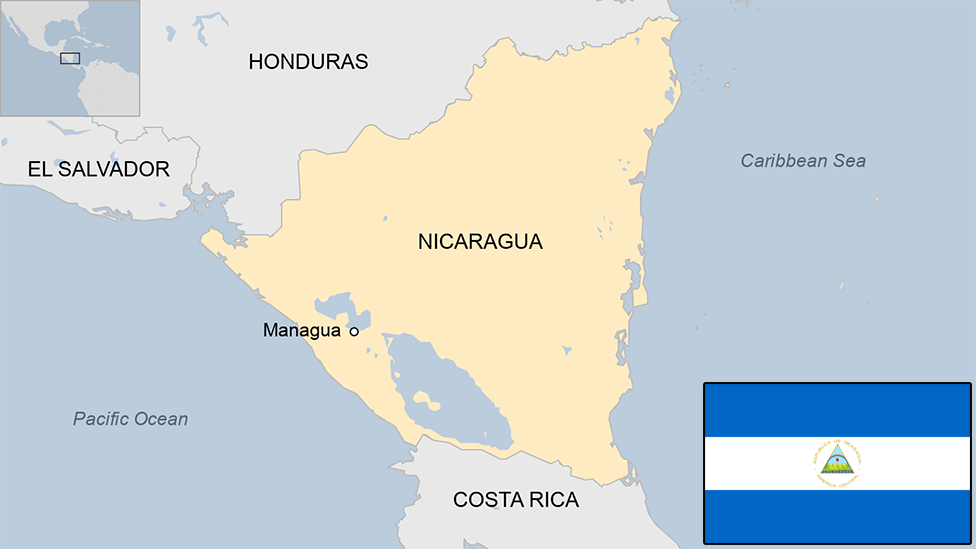Guatemala country profile
- Published
This page is no longer being updated. It was last updated on 15 January 2024
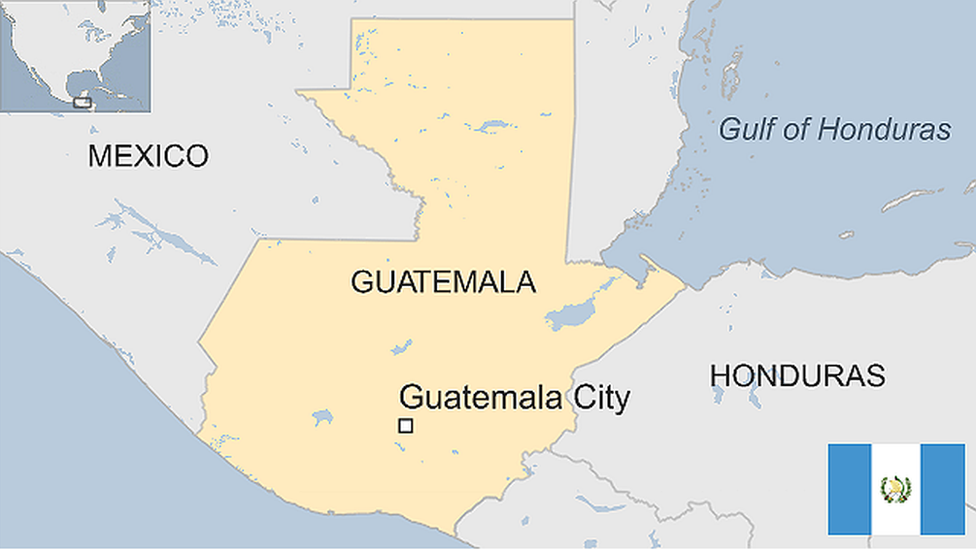
Guatemala is still trying to come to terms with a 36-year-long civil war.
The conflict, which ended in 1996, pitted leftist, mostly Mayan insurgents against the state, which - backed by the US - waged a vicious campaign to eliminate the guerrillas.
More than 200,000 people - most of them civilians - were killed or disappeared.
A peace accord negotiated by the United Nations has resulted in continued economic growth and successful democratic elections, although corruption, poverty, crime, drug trafficking and civil instability remain major issues.
It is a country of striking features and a strong indigenous culture. It is mountainous, forested and dotted with Mayan ruins, lakes, volcanoes and orchids.
The indigenous Maya make up about half of the population but rights campaigners say they face extreme inequality. The country is a major corridor for smuggling drugs.
Read more country profiles, external - Profiles by BBC Monitoring, external
REPUBLIC OF GUATEMALA: FACTS
Capital: Guatemala City
Area: 108,889 sq km
Population: 17.6 million
Language: Spanish
Life expectancy: 71 years (men) 77 years (women)
LEADER
President: Bernardo Arevalo
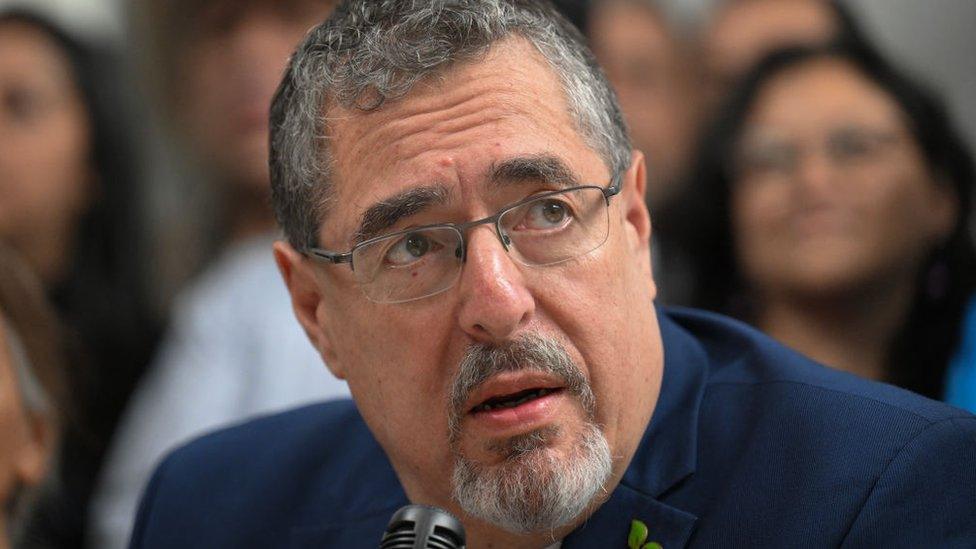
Anti-corruption candidate Bernardo Arevalo swept to a shock win in Guatemala's August 2023 presidential election, a victory seen as a repudiation of the political elite in the Central American nation, long the target of corruption allegations.
The 64-year old former diplomat led his rival, former first lady Sandra Torres, with 58% to 37% in the second round of voting. "The people of Guatemala have spoken forcefully," Mr Arevalo told reporters after his win. "Enough with so much corruption."
The son of former president Juan José Arévalo, his campaign pulled off a massive upset, defying opinion polls, legal challenges and attempts to disqualify his Movimiento Semilla, or Seed Movement, party.
Mr Arevalo replaced unpopular right-wing President Alejandro Giammattei, who was constitutionally barred from re-election. Mr Giammattei's rule saw several anti-graft prosecutors arrested or forced into exile. He also cracked down on critical journalists.
Mr Arevalo took office in January 2024 after a chaotic inauguration that was delayed for hours by a last-ditch attempt by opponents to weaken his authority.
This underscored the challenges Arevalo faces as leader of Central America's most populous nation, to which he has pledged to bring sweeping reforms, as corruption, poverty and gang violence push thousands to emigrate in search of better lives, many to the United States.
MEDIA
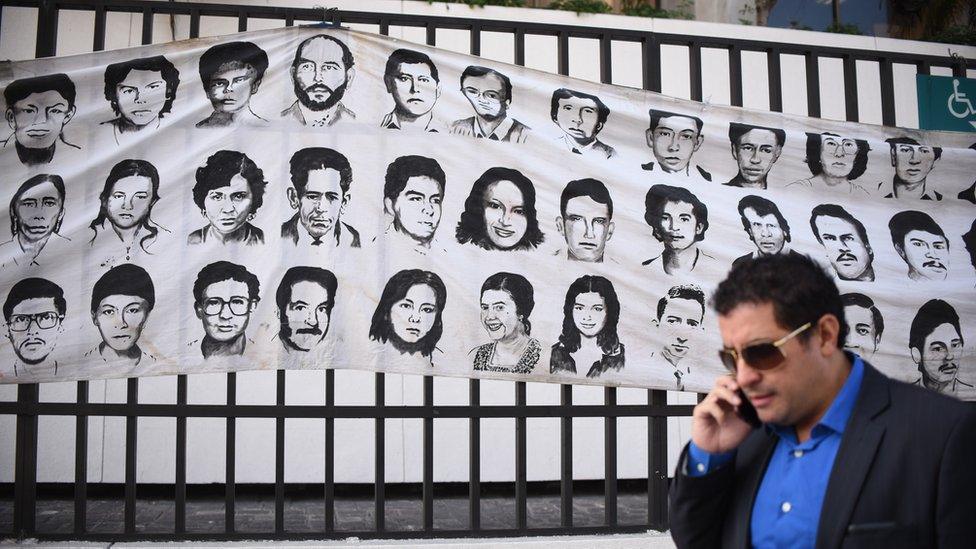
Thousands disappeared during the civil war between 1960 and 1996
Journalists who expose corruption among politicians and officials face threats and violence, say press freedom watchdogs.
Privately-owned outlets dominate the media. Ownership is highly concentrated, especially in the TV industry.
TIMELINE
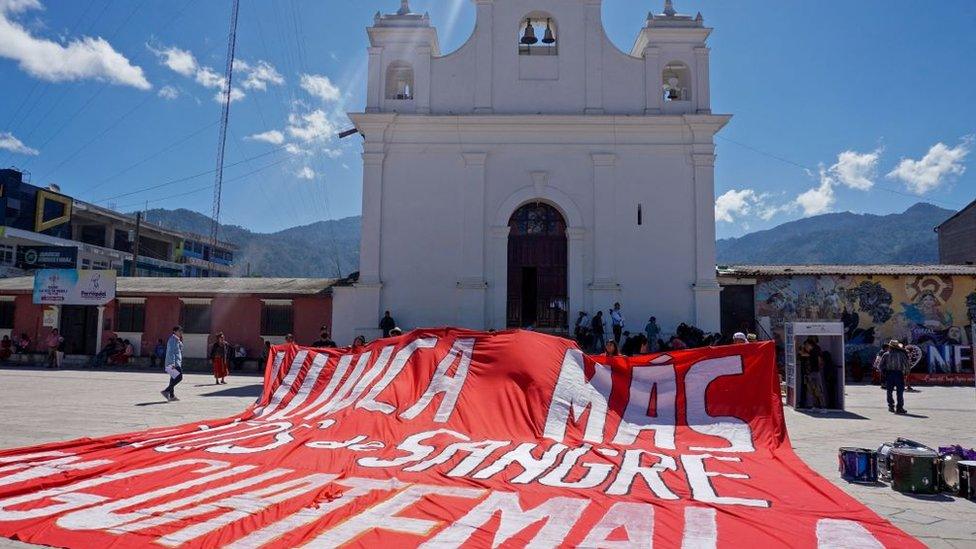
A truth commission blamed the military for 93% of the massacres, tortures, disappearances and assassinations during Guatemala's civil war
Some key dates in Guatemala's history:
250-900AD - rise of Classic Maya civlisation across Mesoamerica; two great cities, Tikal and Calakmul, became powerful.
900s - Widespread political collapse sees warfare, cities being abandoned and a northward shift of population. Expansion of the Kʼicheʼ kingdom in the Guatemalan Highlands.
1524 - Pedro de Alvarado arrives from newly conquered Mexico, commanding a mixed force of Spanish conquistadors and native allies. The conquest of Guatemala is a lengthy and protracted affair lasting decades.
1524 - The first capital, Villa de Santiago de Guatemala is founded near Iximché, the Kaqchikel capital city. It is moved to Ciudad Vieja in 1527 follwing a Kaqchikel attack.
1541 - The new capital is flooded when the lagoon in the crater of the Agua Volcano collapses due to heavy rains and earthquakes and is moved to Antigua.
1697 - The last independent Maya city, Nojpetén, built on an island in Lake Petén Itzá in northern Guatemala, falls to Spanish assault.
1773-74 - Antigua is destroyed by several earthquakes and a new capital - Guatemala City - is founded in 1776-77.
1821-47 - Following the end of Spanish rule, Guatemala becomes part of Agustín de Iturbide's First Mexican Empire, then part of the United Provinces of Central America - later the Federal Republic of Central America.
1847 - Guatemala declares itself an independent republic.
1871-1898 - Guatemala sees a series of liberal governments which oversee the modernization of the country and the introduction of new crops. Coffee becomes important economically for Guatemala.
1904 - Amid an economic downturn, Guatemala signs a deal with the giant US United Fruit Company giving it tax exemptions, land grants, and control of all railways on the Atlantic side of the country - in return for overseeing development.
1931-44 - Jorge Ubico, wins presidential election. He is an admirer of European fascism quickly establishes an authoritarian government, freezing wages, forcing the landless and Indians to work building roads and railways, and giving land-owners legal immunity for any action to defend their property.
Under his regime, United Fruit expands its land-holdings by displacing farmers and converting their farmland to banana plantations, controlling more land in Guatemala than any other landowner.
1944-54 - Guatemalan Revolution: Ubico is forced to resign amid a general strike and protests inspired by brutal labour conditions. President Juan Jose Arevalo undertakes major social reforms and Colonel Jacobo Arbenz, who succeeds him, launches land reform and nationalizes the property of US firms.
1952-54 - The US sees new Guatemalan regimes as communist, and is influenced by lobbying by the United Fruit Company whose profits had been hit by improvements in labour conditions on its plantations.
President Eisenhower authorises the CIA to arm and fund a force led by Carlos Castillo Armas,
1954 - Armas takes power after his men invade Guatemala. Arbenz resigns after the army refuses to fight. The new regime is marked by repression and the emergence of the first death squads.
1960-1996 - Guatemalan Civil War: conflict begins after a far-left guerrilla movement, inspired by the Cuban revolution, emerges and is promptly followed by a far-right counter-guerrilla movement.
1963 - Elected president Gen Miguel Ydigoras Fuentes is overthrown. A series of coups follows, with regimes dominated by the armed forces and marked by atrocities by the far right.
1979-1996 - Insurgency intensifies as the country witnesses assassinations, massacres and disappearances throughout its territory.
1982 - Gen Efrain Rios Montt takes power after a coup, installs military tribunals and launches "scorched earth" counter-insurgency campaign to wipe out guerrilla support in heavily-Indian provinces. An estimated 626 Indian villages are annihilated under the "scorched earth" offensive.
1986 - Return of civilian rule.
1996 - Government and guerrillas sign a peace accord focused mainly on the recognition as full citizens of indigenous Guatemalans and the bolstering of civilian power to the detriment of the army.
1999 - A truth commission blames military for 93% of all massacres, tortures, disappearances and assassinations during the war which saw between 140,000-200,000 killed.
2002 - Guatemala and Belize agree on draft settlement to their long-standing border dispute at talks brokered by Organization of American States (OAS).
2003 - Guatemala - along with Nicaragua, El Salvador and Honduras - agrees on a free-trade agreement with the US.
2008 - Guatemala and Belize hold referendums and submit their border dispute to the International Court of Justice (ICJ) for arbitration.
2014 - The US promises to give millions of dollars of aid to Guatemala, El Salvador, and Honduras to combat gang violence and help citizens repatriated from the US, as part of efforts to cope with growing migration.
2019 - The US and Guatemala sign a migration agreement, to require migrants from El Salvador and Honduras who pass through Guatemala to seek asylum there first. The US had threatened Guatemala with tariffs if it did not comply.
2022 - Guatemala and Belize submit their initial briefs on their border dispute to ICJ for consideration.
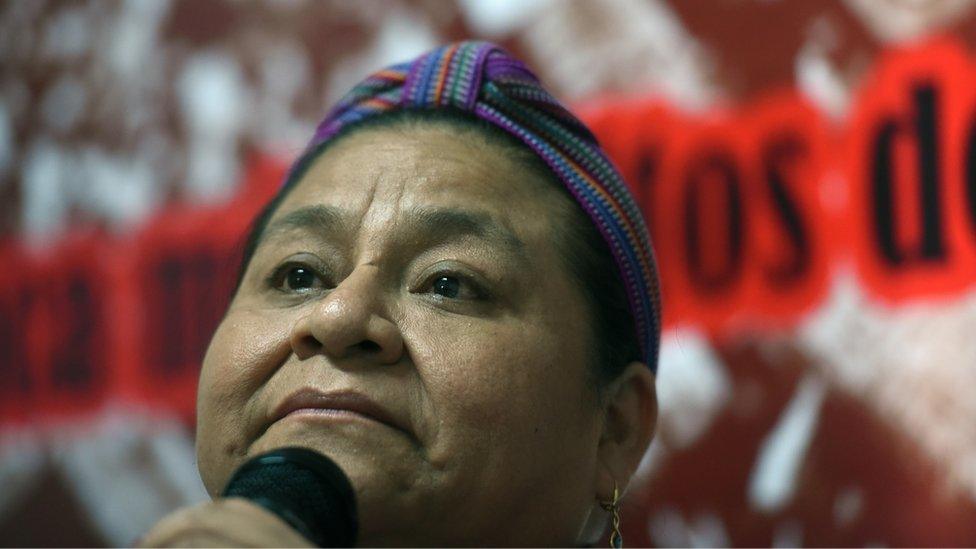
Rigoberta Menchu, a campaigner for Mayan rights, was awarded the Nobel Peace Prize in 1992
Related topics
- Published4 October 2024
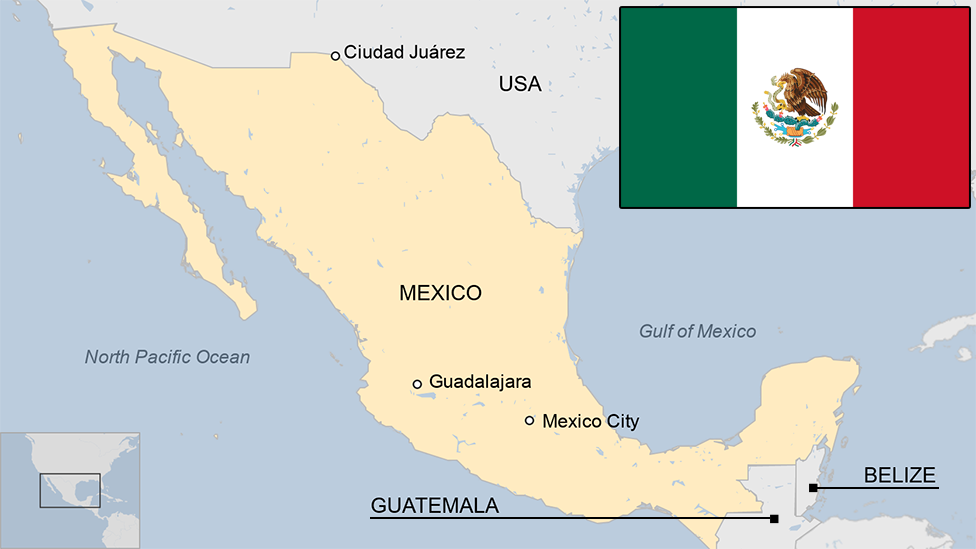
- Published10 April 2023
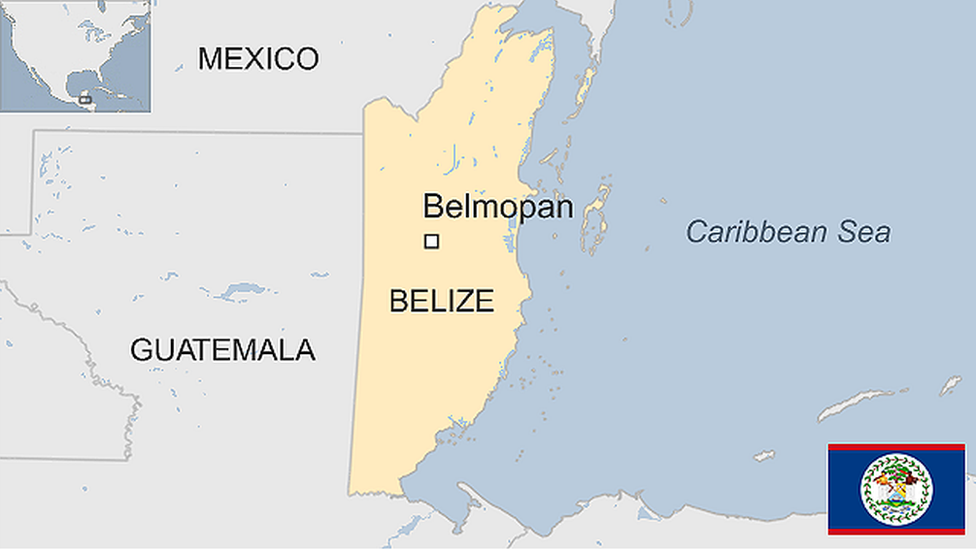
- Published31 March 2023
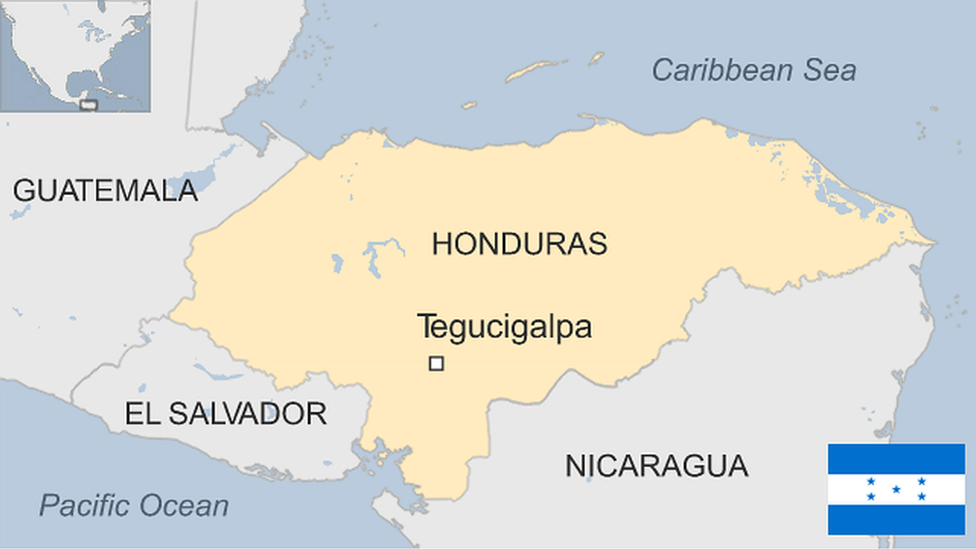
- Published9 July 2024

- Published31 December 2024
